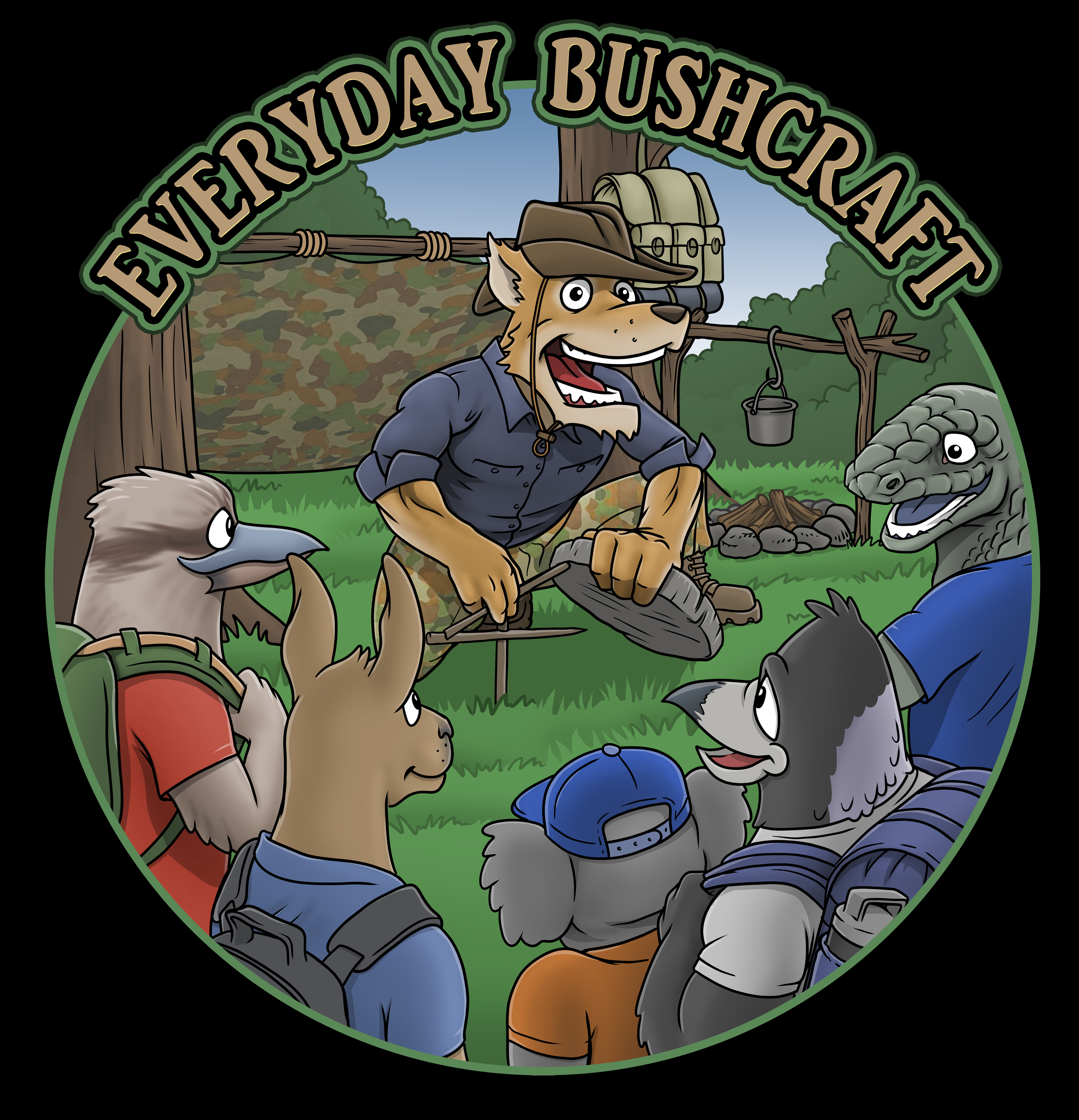
The Survival Mindset
- gbucknell

- May 5
- 3 min read
The Survival Mindset: Lessons from History and Everyday Bushcraft
When everything is stripped away—comfort, safety, even certainty—what keeps a person alive? The answer, time and again, comes down to mindset. The survival mindset isn’t just about toughness or willpower. It’s a blend of adaptability, purpose, calm under pressure, and an unshakeable commitment to action, even in the bleakest circumstances. This mindset has carried soldiers through the jungles of Vietnam, prisoners through the camps of WWII, and it’s at the heart of the five skills of Everyday Bushcraft.
Mindset in the Worst of Times
Sir Ernest Shackleton’s Endurance Expedition (WWI era)
Though not a wartime survival story, Shackleton’s Antarctic ordeal parallels the brutal conditions many soldiers faced. After their ship was crushed by ice, Shackleton led his crew to safety across hundreds of miles of frozen wilderness. Not a single man was lost. His calm leadership, refusal to give up, and focus on the smallest next step—whether it was melting ice for water or keeping spirits up—was credited as the defining factor in their survival.
WWII: Viktor Frankl – Surviving the Camps
A neurologist and psychiatrist, Frankl survived Auschwitz and Dachau. In Man’s Search for Meaning, he describes how those who survived often had a reason to live—whether it was to see a loved one again, to finish a piece of work, or simply to maintain dignity. He famously wrote: “Everything can be taken from a man but one thing: the last of the human freedoms—to choose one’s attitude in any given set of circumstances.”
Vietnam War: POWs and the “Stockdale Paradox”
James Stockdale, a U.S. Navy pilot shot down and held in Hoa Lo Prison (“Hanoi Hilton”) for over seven years, survived torture and solitary confinement. He later described the paradox that sustained him: absolute faith that he would prevail in the end, paired with the discipline to confront the brutal facts of his present reality. Optimists who expected to be out by Christmas often didn’t survive. The realists with purpose did.
The Survival Mindset in Everyday Bushcraft
Survival mindset isn’t just historical—it’s practical, and it’s woven into the core of Everyday Bushcraft. The five key bushcraft skills are more than technical abilities; they’re tools for building mental resilience and focus.
Self-Aid – Maintain the Will to Act
Survivors treat wounds. They don’t ignore them. In bushcraft and life, self-aid is more than first aid; it’s the decision to help yourself, even when no one else can.
Just as POWs learned to tend to their minds and bodies with the little they had, you must care for your wellbeing to remain capable. Self-aid teaches you to take ownership—because survival starts with self-responsibility.
Knots – Tension and Connection
A knot joins two things under stress. In life and in survival, that’s often the case: connections made under tension become lifelines.
Knots require calm, dexterity, and purpose—just like managing adversity. In wartime, soldiers often formed bonds that kept them alive. In bushcraft, tying a secure knot isn’t just about gear—it’s about mental clarity and reliability under pressure.
Shelter – Find or Build Protection
The jungle, desert, or snow won’t spare you. But the mindset to create shelter—whether from branches or with the strength of a support system—reflects our instinct to protect and adapt.
During WWII, downed pilots often survived weeks in enemy territory by creating effective shelter, staying hidden, and using rest wisely. Shelter is safety—but it starts with the mindset to seek it out and build it, even when you’re alone.
Fire – Ignite Purpose
Fire is life. It warms, cooks, signals, and protects. But it also symbolizes internal fire—the passion and determination to survive. Frankl’s message about meaning is the ember in every survivor’s story.
In bushcraft, creating fire teaches patience, persistence, and mastery over chaos. It’s a physical act that mirrors the internal act of reigniting purpose when all seems lost.
Water – Seek Clarity and Life
Without water, you die. But the search for water also mirrors the survival mindset’s search for clarity and balance. Soldiers in Vietnam survived by knowing where to find water, how to purify it, and how to ration it wisely.
In life, water represents the essential clarity needed to make sound decisions. In bushcraft, learning how to purify and carry water builds a mindset of long-term thinking and careful planning.
Bringing It Home: Survival as a Daily Practice
You don’t need to be a soldier or explorer to cultivate the survival mindset. Life throws its own battles at all of us—grief, illness, job loss, loneliness.
The five bushcraft skills are more than wilderness tools. They’re metaphors and practices for living with courage, foresight, and resilience.
Survivors from history didn’t always have gear, backup, or perfect conditions. What they had was a mindset. A way of thinking that said: “I am still here. I will take the next step. I will not quit.”
Let bushcraft be your training ground—not just for the wild, but for life.









Comments